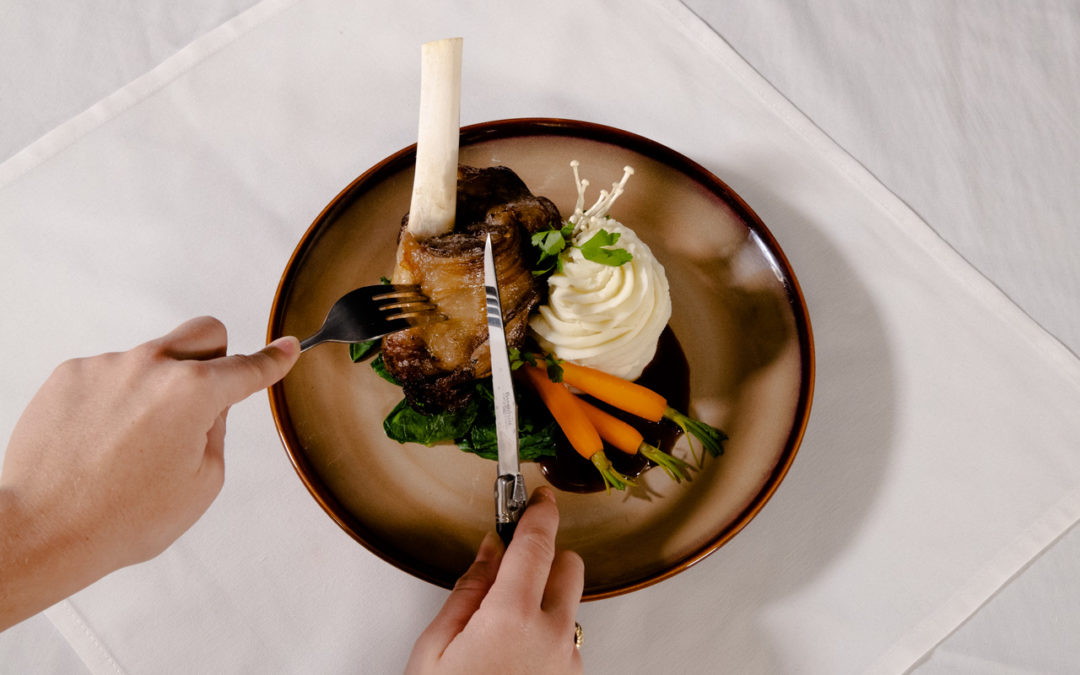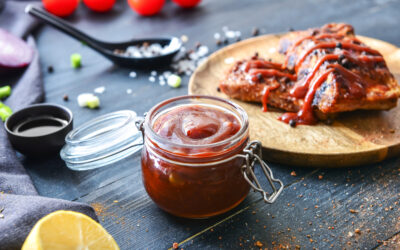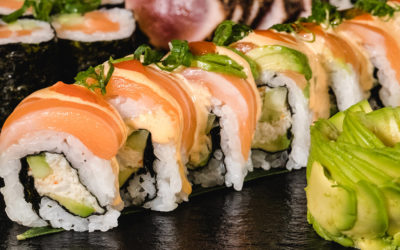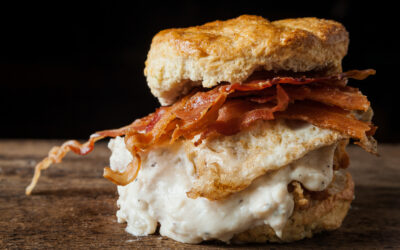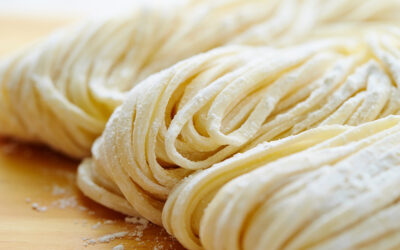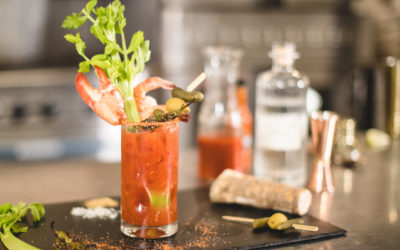What are Lamb Shanks?
Lamb shanks may be cut from the foreleg or the larger, meatier hind leg. Shanks are relatively lean. They are best prepared using moist heat such as braising. They can also be used for stew or ground by removing the meat from the bone and dicing it.

What Details Should I Look for When Purchasing Lamb?
When purchasing lamb, look for fine textured, firm and red colored flesh. The meat should show some signs of marbling with white fat. Because lamb carcasses are so easily handled, purveyors often sell them whole or cut in a variety of ways to better meet their customer needs. Lambs can be purchased in the following forms:
-
- Foresaddle: The front portion of the carcass. It includes the neck, breast, shoulder, rack, and foreshank.
- Hindsaddle: The posterior portion of the carcass. This includes the leg loin flank.
- Back: The trimmed rack and loin sections in one piece.
- Bracelet: The primal hotel rack with the connecting breast section.
What is the Braising Method?
Braising is a combination cooking method in which foods are first browned in a hot fat, then covered and slowly cooked in a small amount of liquid over low heat; braising uses a combination of simmering and steaming to transfer heat from the liquid (conduction) and the air (convection) to the foods. Braising is used to tenderize tough cuts of meat, poultry, or softening fruit and vegetables after surface browning. A long, slow cooking period helps tenderize the item. Braised foods are usually served with a sauce made from the cooking liquid.
What is the Nutrition of a Lamb?
A lamb is an economical source of high-quality protein. Lean and lower in cholesterol than other red meat proteins, lamb is a goof source of iron as compared with chicken, fish, or other poultry. Its excess fat appears on the outside of many cuts and can easily be trimmed before cooking. Grass-fed lamb, like meat from other grass-fed ruminants, is high in the powerful antioxidant conjugated linoleic acid, identified as a cancer preventative.
Alumni Story: Caitlyn Halcomb
Discover how to be affective leader in the kitchen. Learn the chef’s essential leadership qualities and implement them for success.
How to Be an Effective Leader in the Kitchen
Discover how to be affective leader in the kitchen. Learn the chef’s essential leadership qualities and implement them for success.
Books All Chefs Should Read, According to Professional Chefs
Contrary to what some people may believe, becoming a chef – least of all an excellent one – isn't...
The Highest Paying Culinary Jobs and Positions
The culinary world can be an exciting industry that many hope to join in the future. If you’re...
Method
Braising
Time
4 hrs.
Serves
4
Ingredients
________________
- 1 1/2 tsp. Salt
- 1 tsp. Pepper
- 1 tsp. Cinnamon, ground
- 1 tsp. Nutmeg
- 1 tsp. Turmeric
- 4 ct. Lamb Shanks, (1lb. each)
- 1/2 tsp. Saffron
- 3 pt. Lamb or Chicken Stock, hot
- 2 fl. oz. Vegetable Oil
- 8 oz. Onion, medium diced
- 2 ct. Limes, juice & zest
- 1 ct. Orange, juice & zest
- 4 ct. Fresh Thyme Sprigs
- 2 ct. Bay Leaves
- Garnish Plain Yogurt
- Garnish Mint Chiffonade & Sprigs
Instructions
________________
Step 1
Combine the salt, pepper, cinnamon, nutmeg, and turmeric. Pat the lamb shanks dry and rub them with the spice mixture. Cover and refrigerate for at least 1 hour or overnight.
Step 2
Stir the saffron into the hot stock immediately before cooking the lamb shanks.
Step 3
Heat the oil in a rondeau over medium heat. Sear the lamb shanks. Remove the shanks from the rondeau and keep warm.
Step 4
Add the onion and cook until soft, approximately 5 minutes. Add the lime and orange juice and zest, thyme, bay laeves, and saffron stock mixture. Return the lamb shanks to the rondeau. Cover and place in a 350F(180C) oven. Cook until the meat is very tender, approximately 2 hours.
Step 5
Remove the shanks from the pan and keep warm. Strain the braiding liquid and skim the fat. Cook over medium heat until the braising liquid is reduced by half and has thickened to a thin sauce consistency. Season to taste with salt and pepper.
Step 6
Serve each lamb shank on a bed or risotto or rice, yogurt, and chiffonade and sprigs of fresh mint.
Nutrition Information
Calories
510
Total Fat
25g
Saturated Fat
5g
Cholesterol
160mg
Carbohydrates
15g
Protein
57g
More Recipes
HOW TO: Mother Sauces
CSFTW Chef Instructor Mark Hitri demonstrates the proper technique for making the five French mother sauces.
Maki Sushi Recipe
Learn how to hand-roll and prepare a sushi roll.
Raspberry Soufflé with Raspberry Coulis
Homemade delicious and easy raspberry souffle with a raspberry coulis.
Country Biscuits
Light and fluffy, melt-in-your-mouth herbed country biscuits are seasoned with savory herbs.
Fresh Pasta
Learn how to make fresh pasta, it is as easy as 1-2-3.
Seafood Extravaganza Bloody Mary
Looking for a spicy meal? Try this seafood extravaganza. It is both a drink and a meal!
